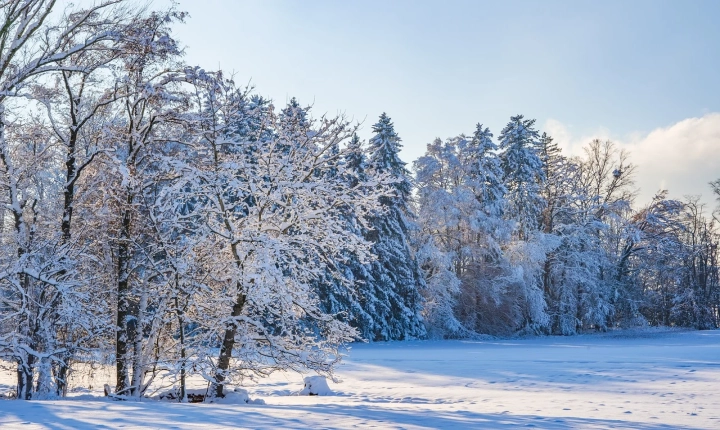Is AI Art Stealing the Creativity of Human Artists?
Artificial intelligence (AI) has rapidly emerged as a powerful tool for creating art, raising important questions about the role of technology in the creative process. While AI-generated art has gained attention and accolades for its innovative and mesmerizing creations, it has also sparked a debate about whether AI is stealing the creativity and originality of human artists.
One of the main concerns surrounding AI art is the question of authenticity and originality. AI algorithms are capable of analyzing vast amounts of data and replicating artistic styles with remarkable accuracy. This ability to mimic the work of human artists has led to debates about the legitimacy of AI-generated art and whether it can be considered as original creative work.
Furthermore, the increasing use of AI in art creation has raised ethical concerns about intellectual property rights. When AI systems are trained on existing artwork to generate new pieces, it blurs the line between inspiration and plagiarism. This has led to legal challenges and calls for clearer regulations to protect the rights of human artists.
Another aspect of the debate is the impact of AI art on the art market. With AI-generated art receiving critical acclaim and fetching high prices at auctions, there is a fear that human artists may be overshadowed by the novelty and allure of AI-created pieces. This has led to concerns about the economic implications for human artists and the potential devaluation of their work in the face of AI competition.
On the other hand, proponents of AI art argue that it should be celebrated as a new form of creative expression. They maintain that AI has the potential to collaborate with human artists, pushing the boundaries of creativity and producing art that would be impossible for humans to create alone. AI art is seen as a tool that can inspire and enhance the work of human artists rather than replace them.
Furthermore, AI art has also been hailed as a way to democratize creativity, making art accessible to a wider audience and empowering individuals to explore their artistic talents through technology. The ability of AI to generate art quickly and efficiently has the potential to open new avenues for artistic expression and innovation.
Ultimately, the debate over whether AI art is stealing the creativity of human artists is a complex and nuanced issue. While AI has undoubtedly disrupted the traditional artistic landscape, it also presents opportunities for collaboration and innovation. The key may lie in finding a balance that respects the originality of human art while embracing the new possibilities that AI brings to the creative process.
As AI continues to evolve and its role in art creation expands, it is crucial to address the ethical, legal, and economic implications to ensure that the unique contributions of human artists are preserved and valued in the rapidly changing art world. Finding a harmonious coexistence between AI and human art, rather than viewing them as adversaries, could lead to a vibrant and dynamic future for creative expression.
